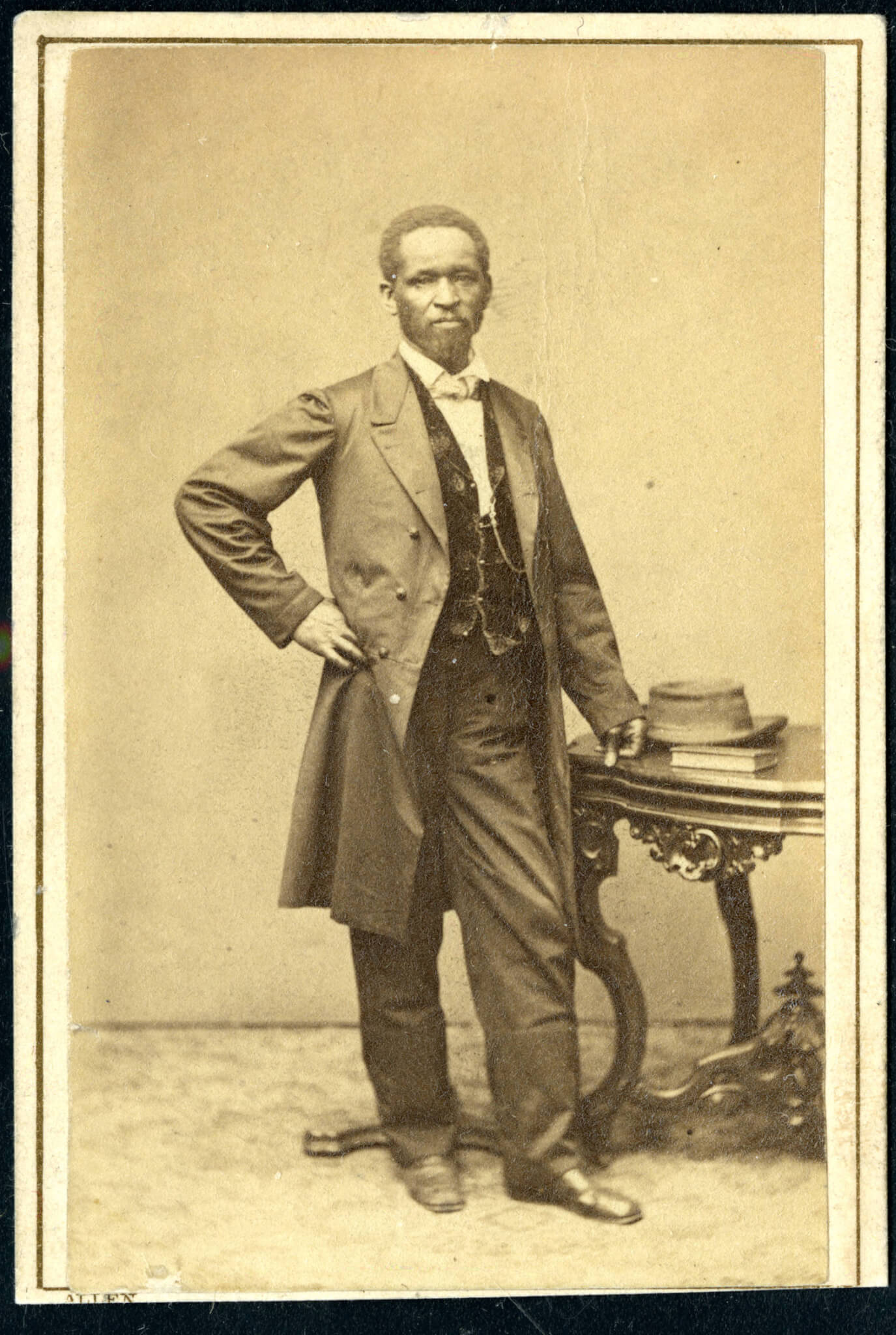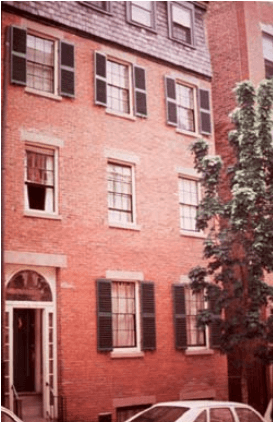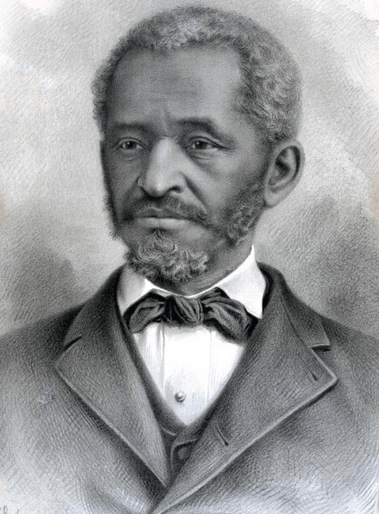Lewis Hayden
Lewis Hayden was an escaped slave who became an active abolitionist and assisted many other escaping slaves through the underground railroad.
Lewis Hayden was born an enslaved person on December 2, 1811 in Lexington, Kentucky. There are conflicting accounts of where Hayden was originally enslaved and how he escaped with his future wife, Harriet Bell, but the account from his Boston Globe obituary read as follows:
Hayden was originally forced to work for a master named Colonel Warner at his bagging and bale rope factory. Hayden was later enslaved by the Phoenix House hotel in Lexington, and there he met Harriet Bell. Hayden taught himself to read with the Bible and newspapers that he hid away, and regularly spoke to visitors from the North about what their states were like. One of those visitors, Milton Gale, was a leather merchant from Boston. Gale suggested that Hayden make an escape to Boston, and gave him the necessary information for a successful route. Hayden and Bell made their escape from slavery by the 1840s, first arriving in towns north of Lexington and next in Canada. Then, they reached Boston by fall 1844.
Once in Boston, Hayden visited the Boston Anti-Slavery Society’s office on 21 Cornhill St. (which connected Adams Square and Scollay Square). At the encouragement of abolitionists, Hayden attended free night classes on Belknap (later Joy) Street and participated in efforts to raise money for assisting enslaved people making an escape from the South. From this experience, Hayden became a key contributor to Boston’s role in the “Underground Railroad.” By 1850, the Haydens lived at 66 Phillips (Southac) Street, and their home was one of the “safe houses” or “stops” on the Underground Railroad. But that year, Congress passed the Fugitive Slave Law which jeopardized the freedom of formerly enslaved people who found freedom in Boston. With this law in place, the oppressive binds of slavery extended nationwide as state authorities were forced to return those who escaped back to their original owners. In response, Lewis and Harriet Hayden connected with fellow abolitionists to create another Vigilance Committee. The third and last of its kind in Boston, this organization was dedicated to providing a safe haven and material assistance for enslaved people who escaped the South.
Hayden had a tailoring business starting in 1849, on 151 Cambridge Street., and he regularly provided clothing as well as shelter to runaways. Harriet Hayden managed the boarding house for escaped slaves that she and Lewis ran from their own home. Historian Stephen Kantrowitz emphasizes that Lewis and Harriet’s abolitionist activities “were complementary and mutually necessary.” The Haydens took in Ellen and William Craft, who famously escaped from slavery in 1850 because Ellen, who was lighter-skinned, passed as a white man bringing her slave (whom her husband played) up North. In 1851, Lewis Hayden led the successful rescue of Shadrach Minkins from the courthouse where he would have been ordered to return to the South. Hayden and his peers failed to rescue Anthony Burns from the same courthouse in 1854 because the authorities were more prepared.
Lewis Hayden died on April 7, 1889, at his home on 66 Phillips Street. His obituary in the Boston Globe reported that Harriet Hayden “was not present at the moment” when he died because she had been “overcome by the long strain upon her system.” Harriet died in 1893, but just before she gave her entire estate to Harvard Medical School for the creation of the “Lewis and Harriet Hayden Scholarship for Colored Students,” which remains today.
Article by Adam Tomasi
Source: Boston Globe (Newspapers.com), National Park Service, City of Boston










